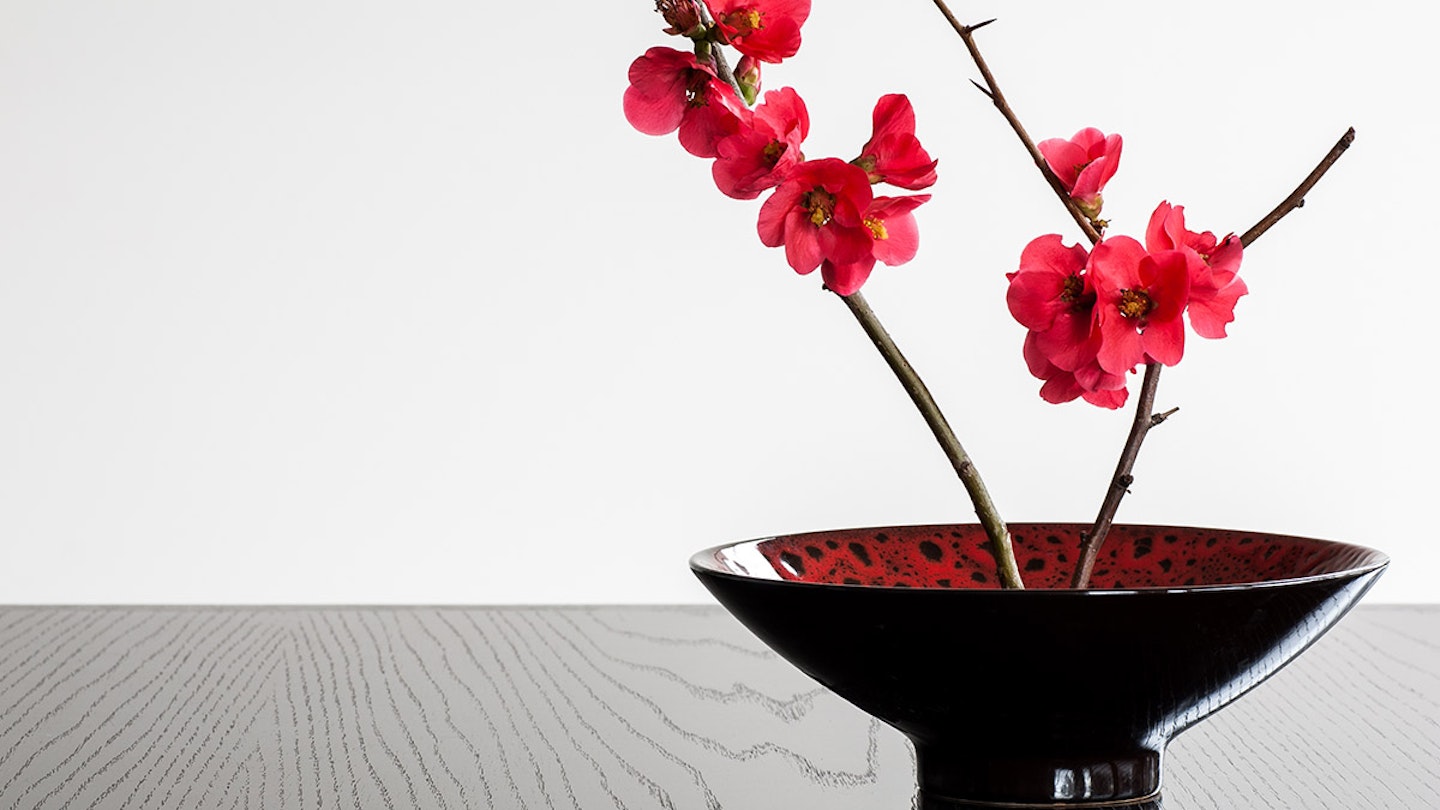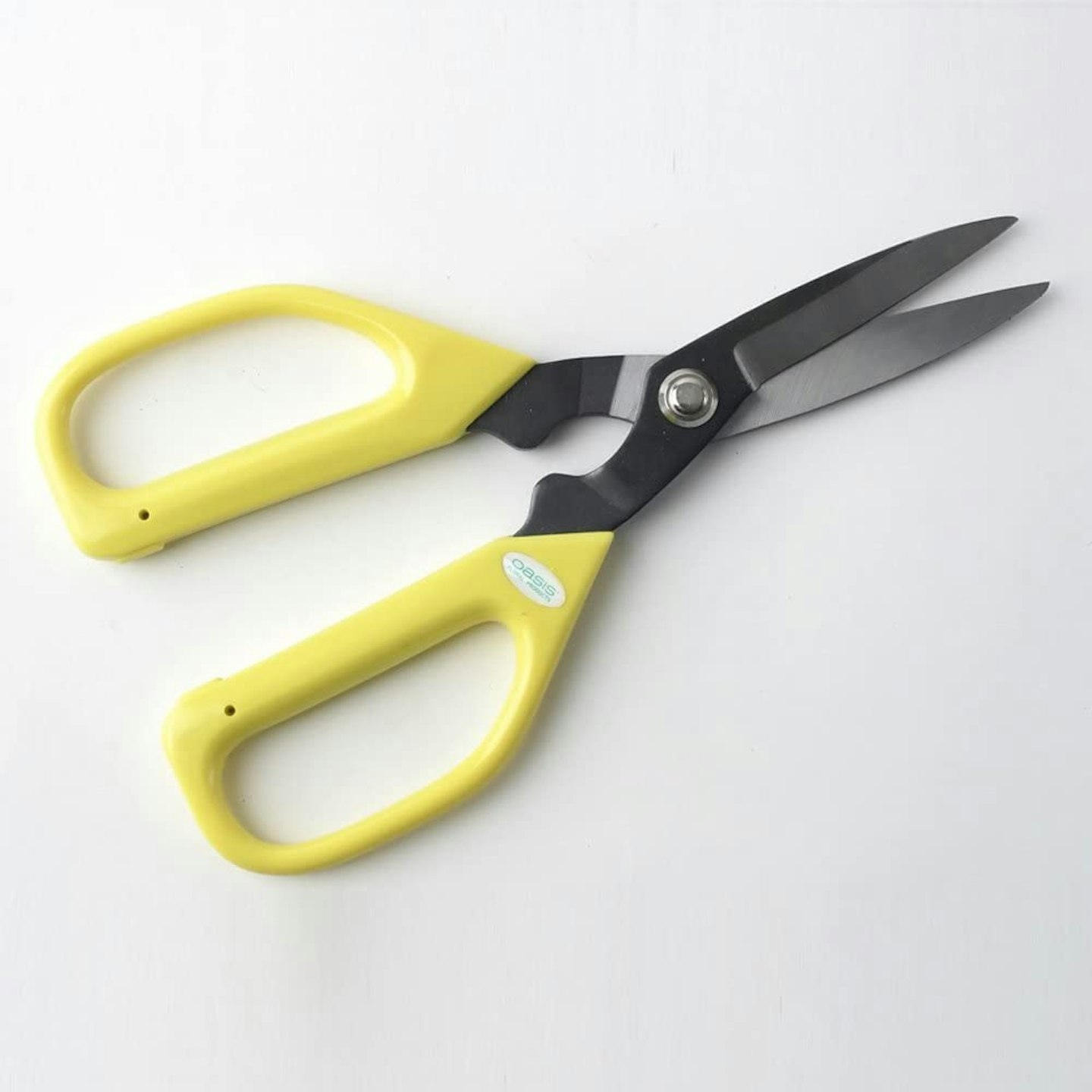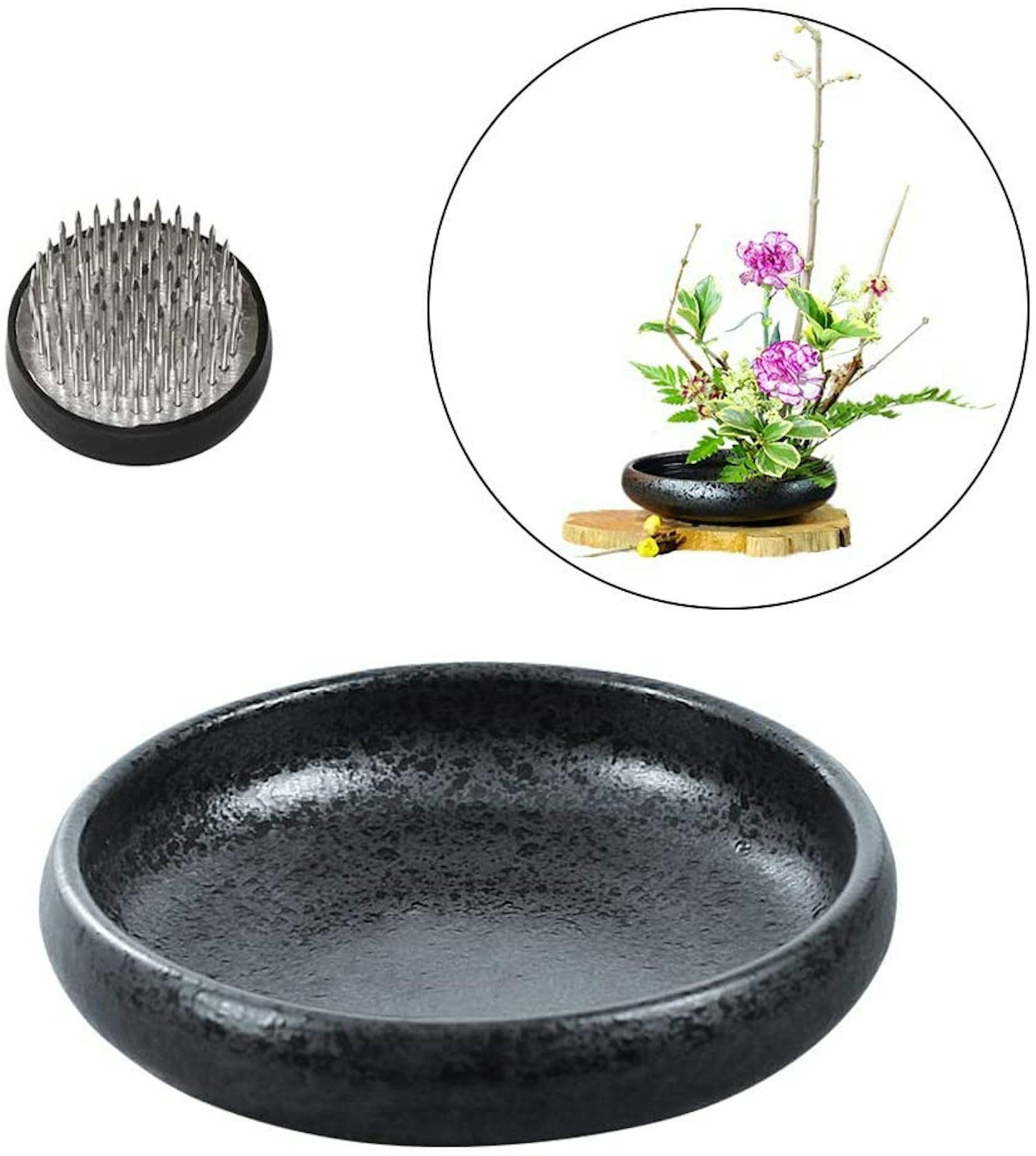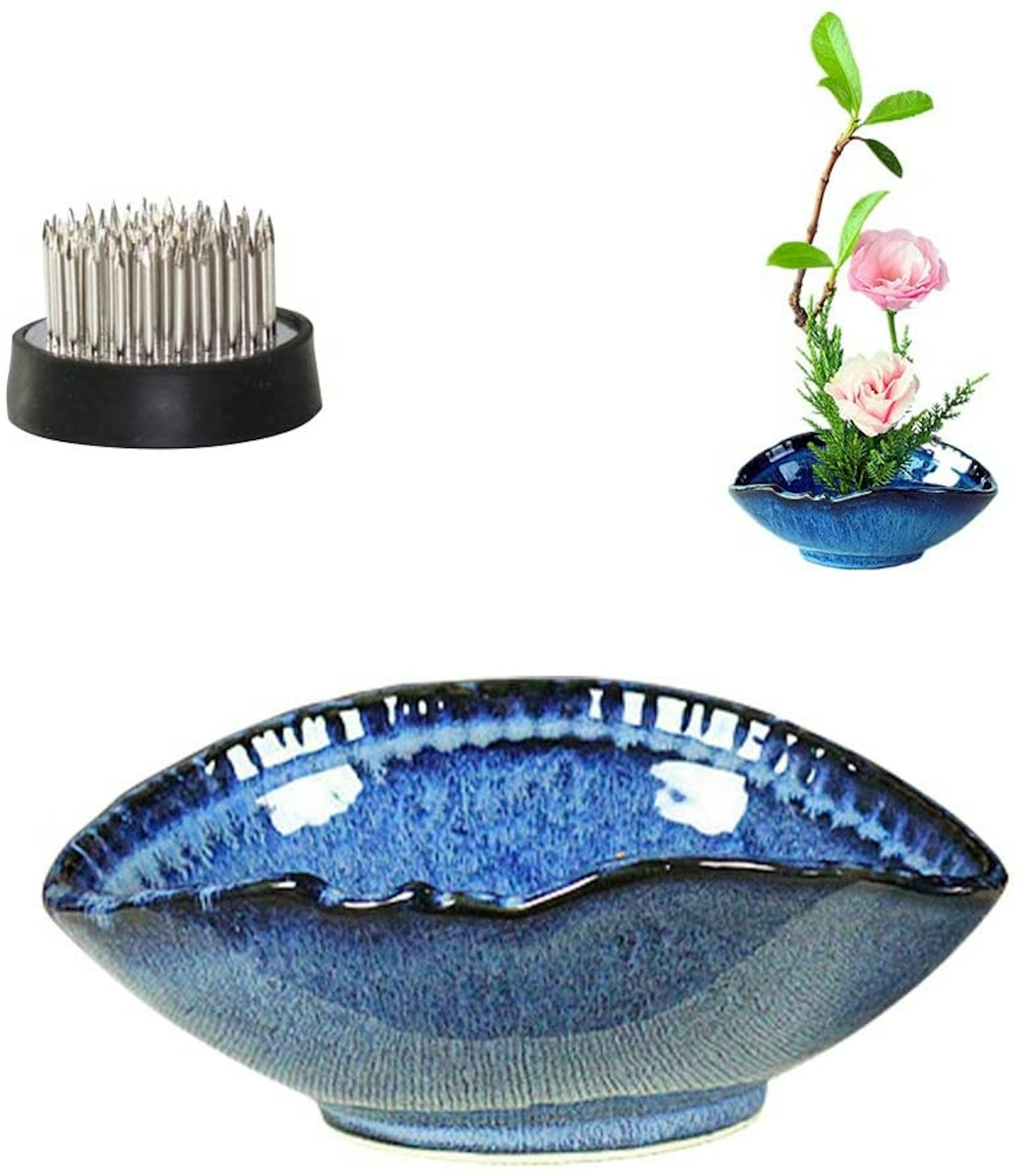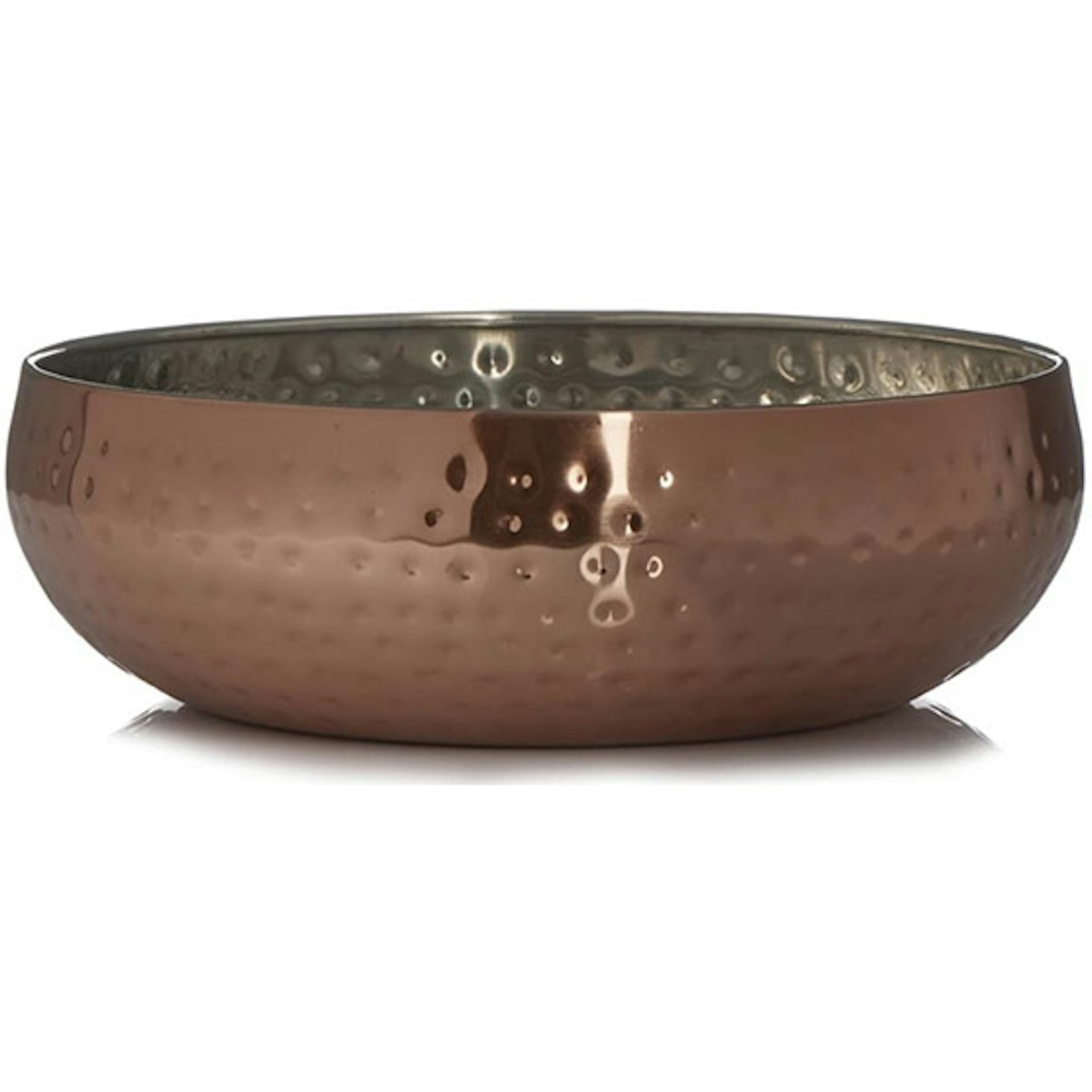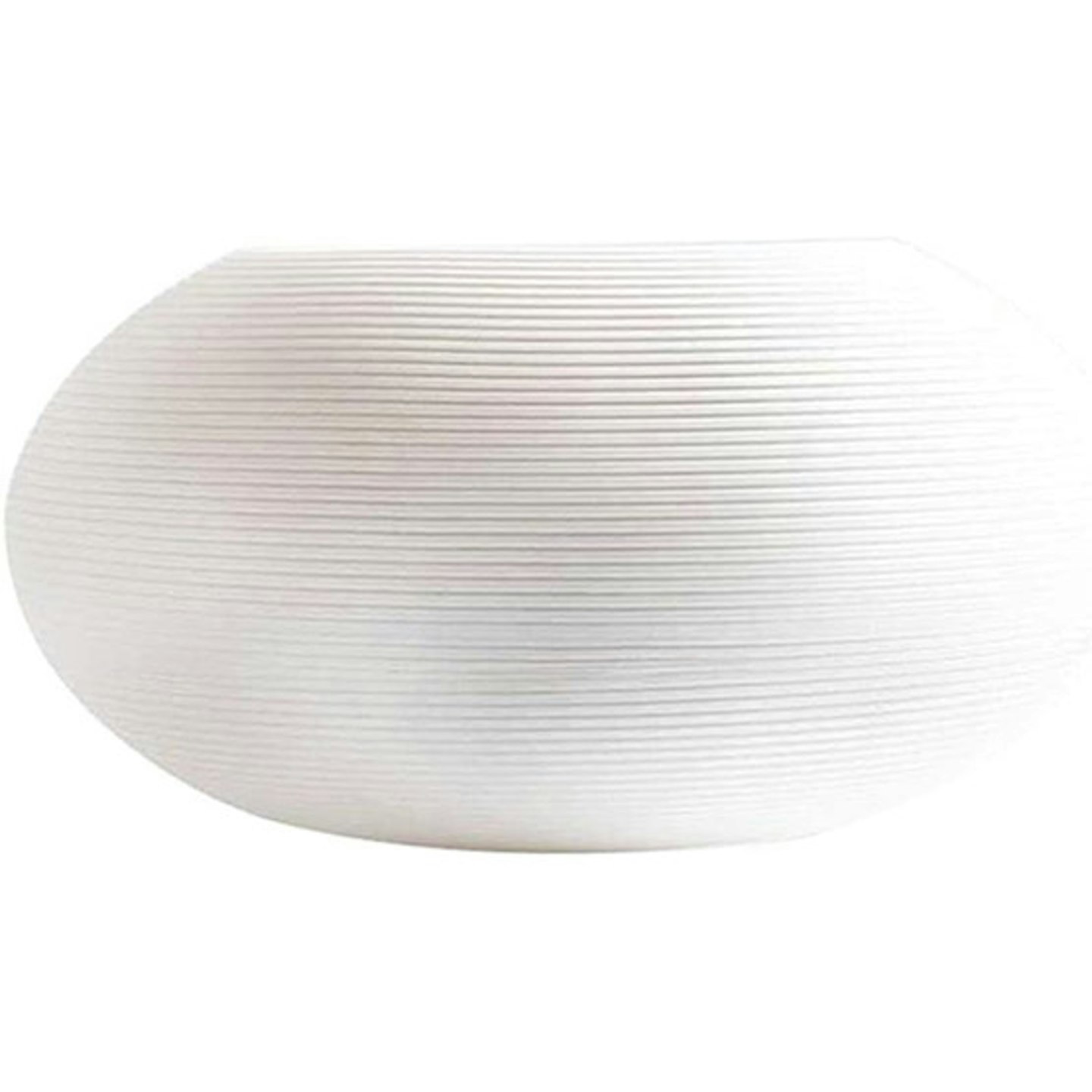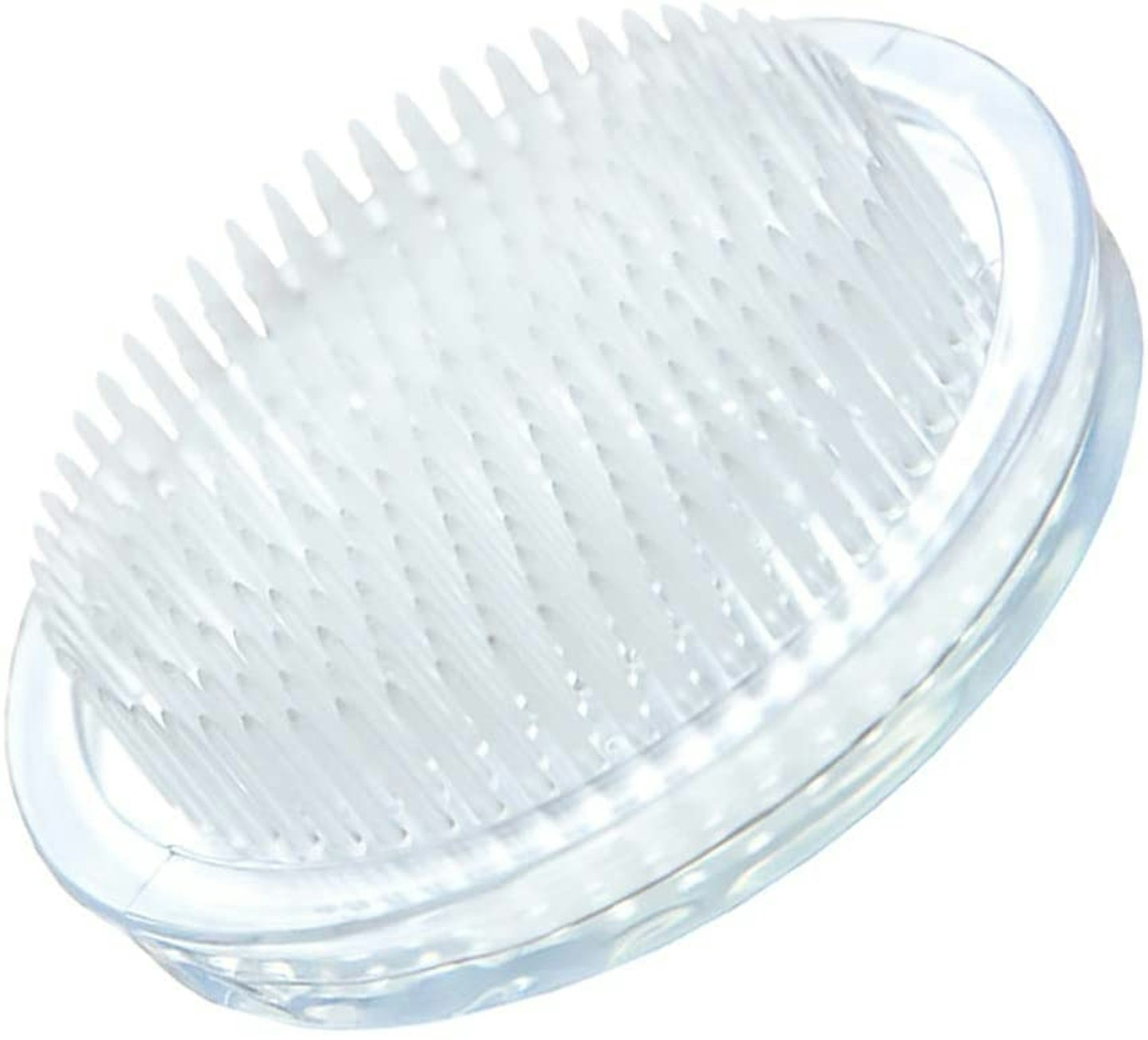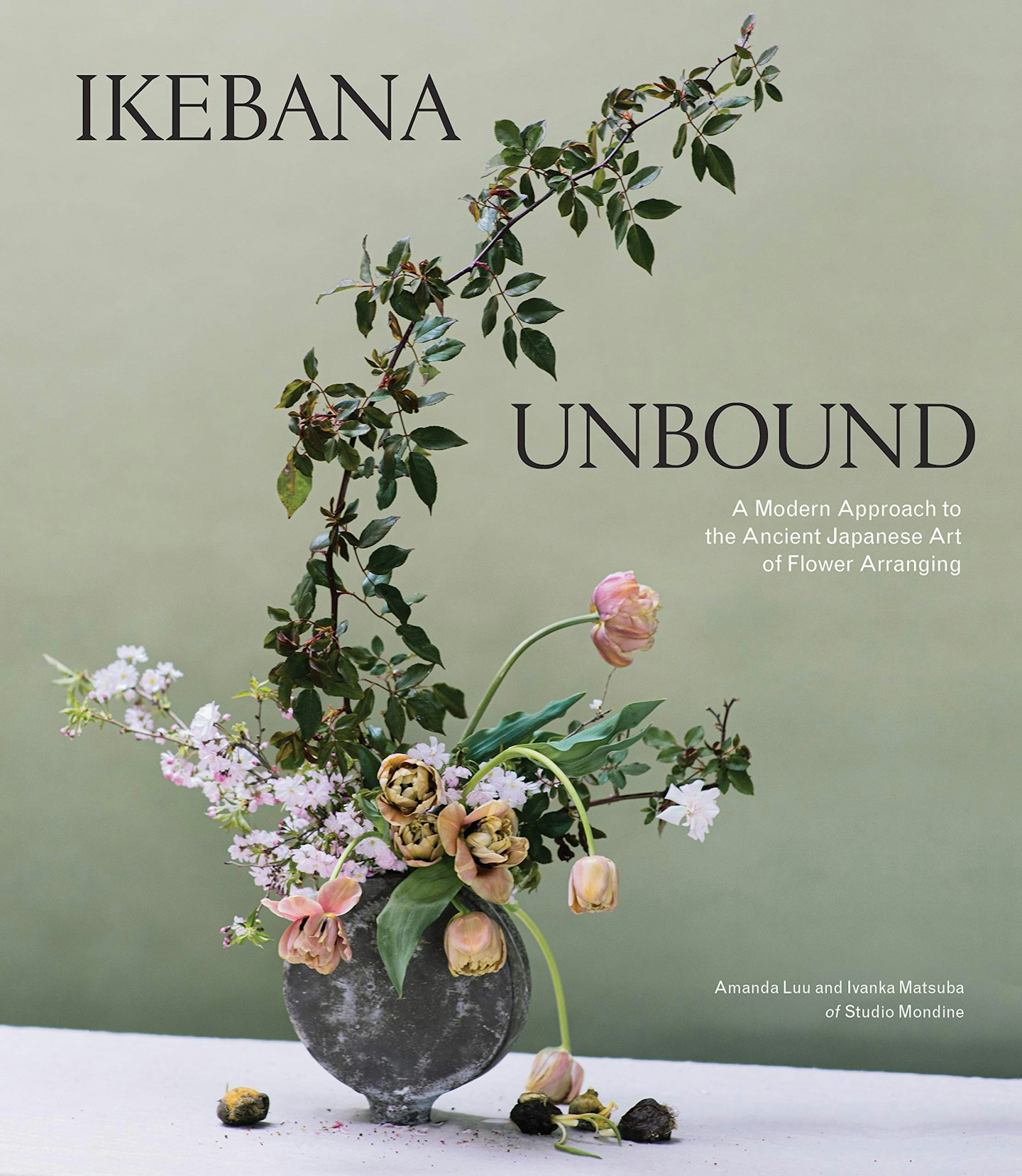If you love having a fresh bunch of flowers sitting in a vase in your home, you’ll know how important the arrangement of each stem is. From placing the brightest, boldest flowers at the front, to adding foliage to the edges, there’s a real art that comes with flower arranging.
In Westernised society, we tend to go for big bunches of flowers, fitting as many stems into the neck of the vase as we can to create a more 70 per cent flower, 30 per cent vase effect. However, in Japan, the art of Ikebana (which translates to ‘living flower’), or Japanese flower arranging as it’s more commonly known as, focuses on balance.
It’s a tradition that dates back to the 7th century and uses different living materials, shapes and colours to create an arrangement that helps us feel closer to nature.
While most florists arrange flowers by what looks most aesthetically pleasing to the eye, traditional Japanese flower arranging follows ancient principles, meaning branches and flowers are placed at different angles to represent heaven (ten), Earth (chi) and man (jin).
If you find flower arranging a calming and creative experience where you can be mindful while getting closer to nature, Japanese flower arranging could be just the hobby for you.
The principles of Ikebana flower arrangement
Focus on the space: Even if you’re just placing a single flower or a few branches of leaves in your vase, it’s the space around the plants that adds to the design as a whole.
Minimalism: One of the most important parts of the Japanese art of flower arrangement is that less is more. Focus on the structure and space.
Yin and yang: The Japanese cultural idea of opposites complementing one another is also important to keep in mind with your floral arrangement.
50/50: With Japanese floral arrangements, it’s common to see a 50/50 balance between your flowers and the vase and space around your arrangement.
Focus on life: Ikebana often features floral offerings with a bud, to represent the promise of life and hope.
Mental health: This art form is also great for your mental wellbeing and happiness as it helps to focus the mind.
Schools of Ikebana
The different types of style and designs of Japanese flower arranging are referred to as the schools of Ikebana. There are currently over 3,000 different schools of Ikebana with the three most popular ones, Ikenobo school, Ohara school and Sogetsu school.
Things you’ll need for Japanese flower arranging
If this kind of flower arranging sounds like something you might want to have a go at, we’ve listed some of the tools you’ll need to make a start for you to shop today.
Just so you know, whilst we may receive a commission or other compensation from the links on this page, we never allow this to influence product selections. Why trust us?
Sharp scissors or secateurs
These neat little carbon blade scissors are suitable for both left and right hand use and are perfectly designed for cutting stems for your floral arrangements.
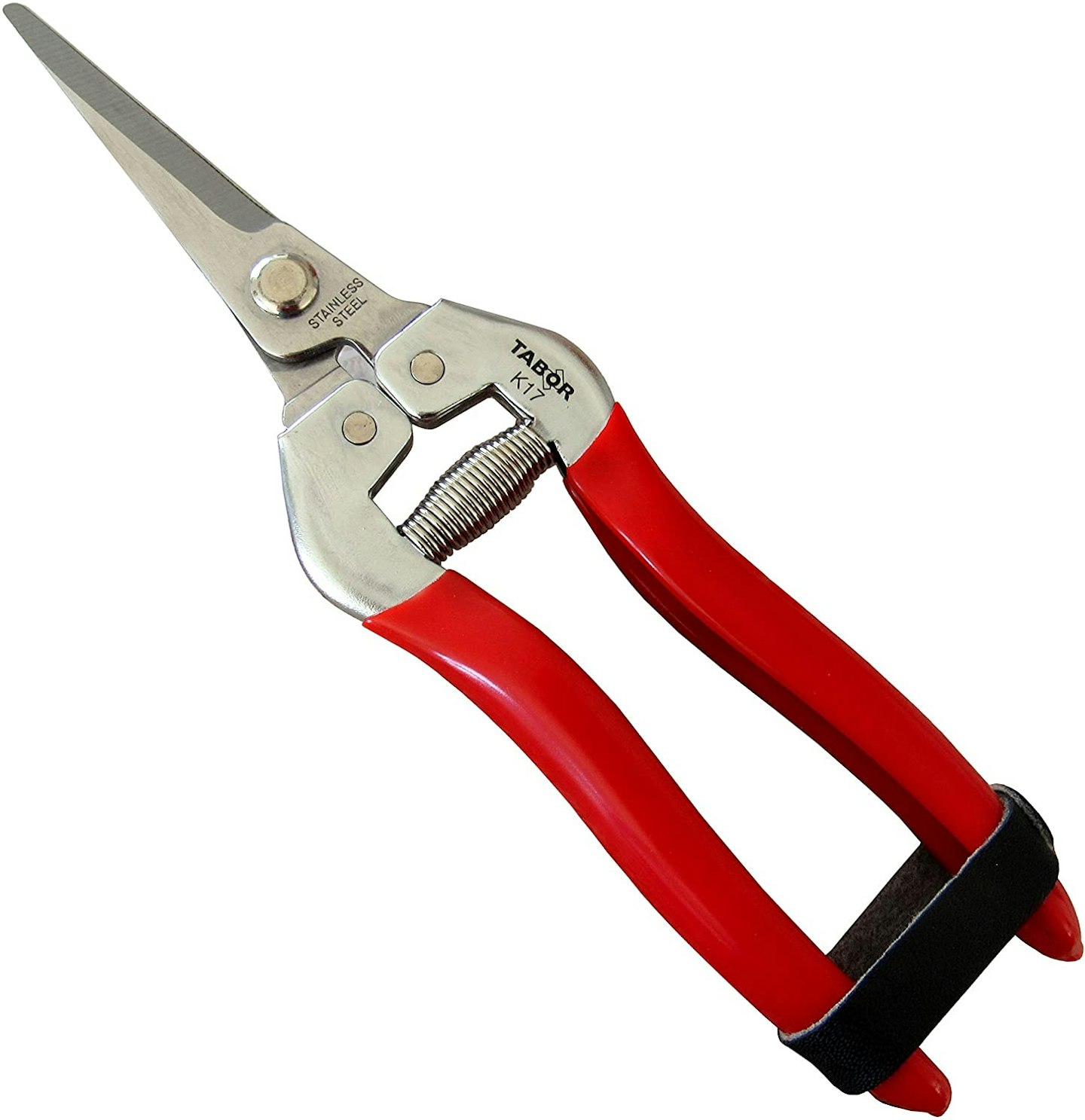
Ideal if you're incorporating any tougher stems or branches into your arrangements, these secateurs are suited to both outdoor gardening and floristry.
Different shaped containers
Shallow dishes are a traditional choice for your arrangement. Its minimal design means it would look stylish in most homes.
This beautiful and unique blue vase would look great against bright and vibrant flower heads.
Copper is super stylish at the moment, and this bowl doubles up as both a Ikebana vase and a fruit bowl too.
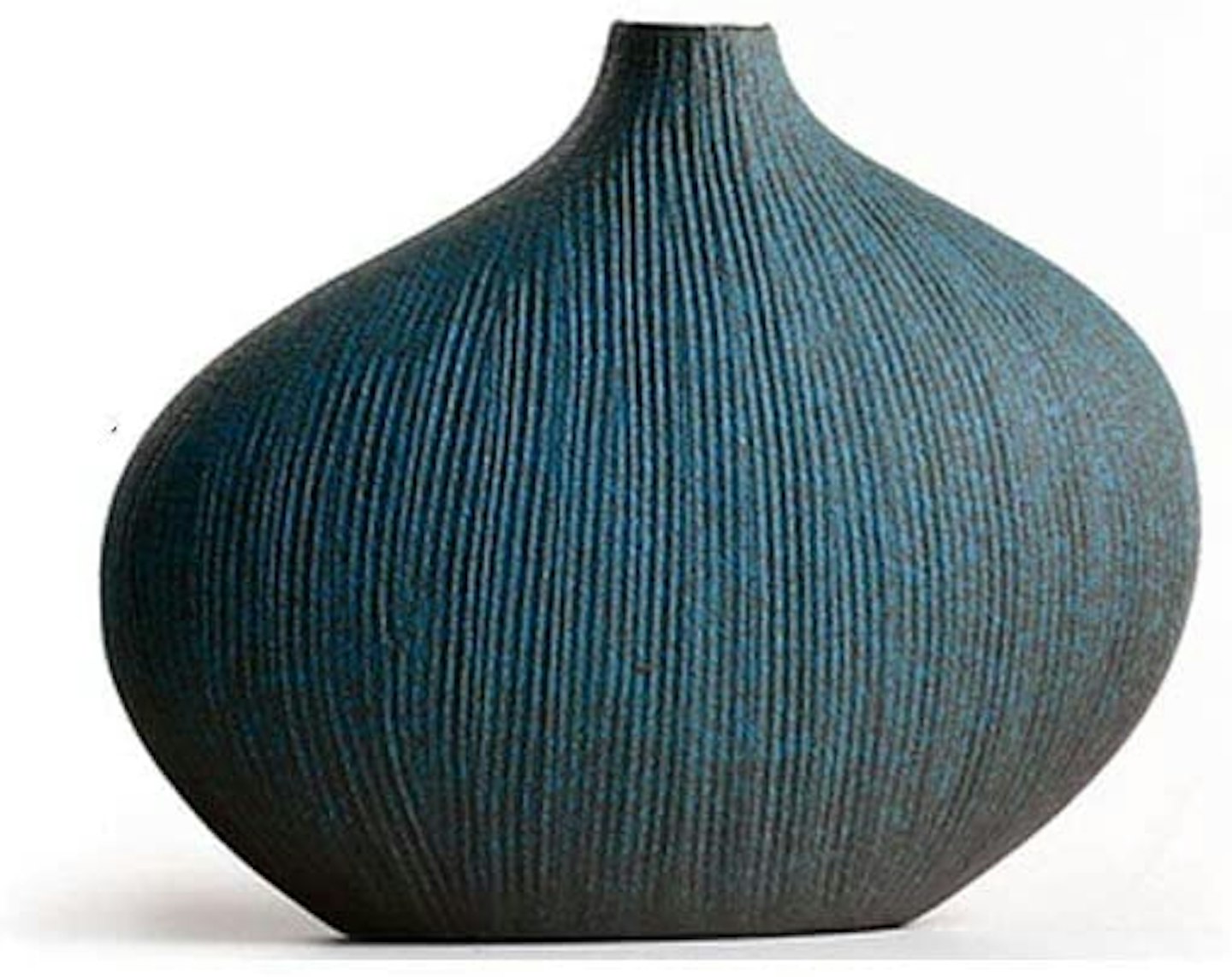
With its striking colour and unique shape, the focus is all on the vase with this style of container and works well with orchids.
This is great for minimalist homes and would look great with a few stems poked inside.
Kenzan
As you'll notice, many of the above vases have a Kenzan included with them. These are used to keep your stems in place when using a shallow bowl, and work similar to an oasis. The difference is that it uses small pins to keep the flowers in place rather than a hard sponge. If you're wanting to use one of your current vases for your Japanese flower arrangement, here are some choices of Kenzan to use in your vase.
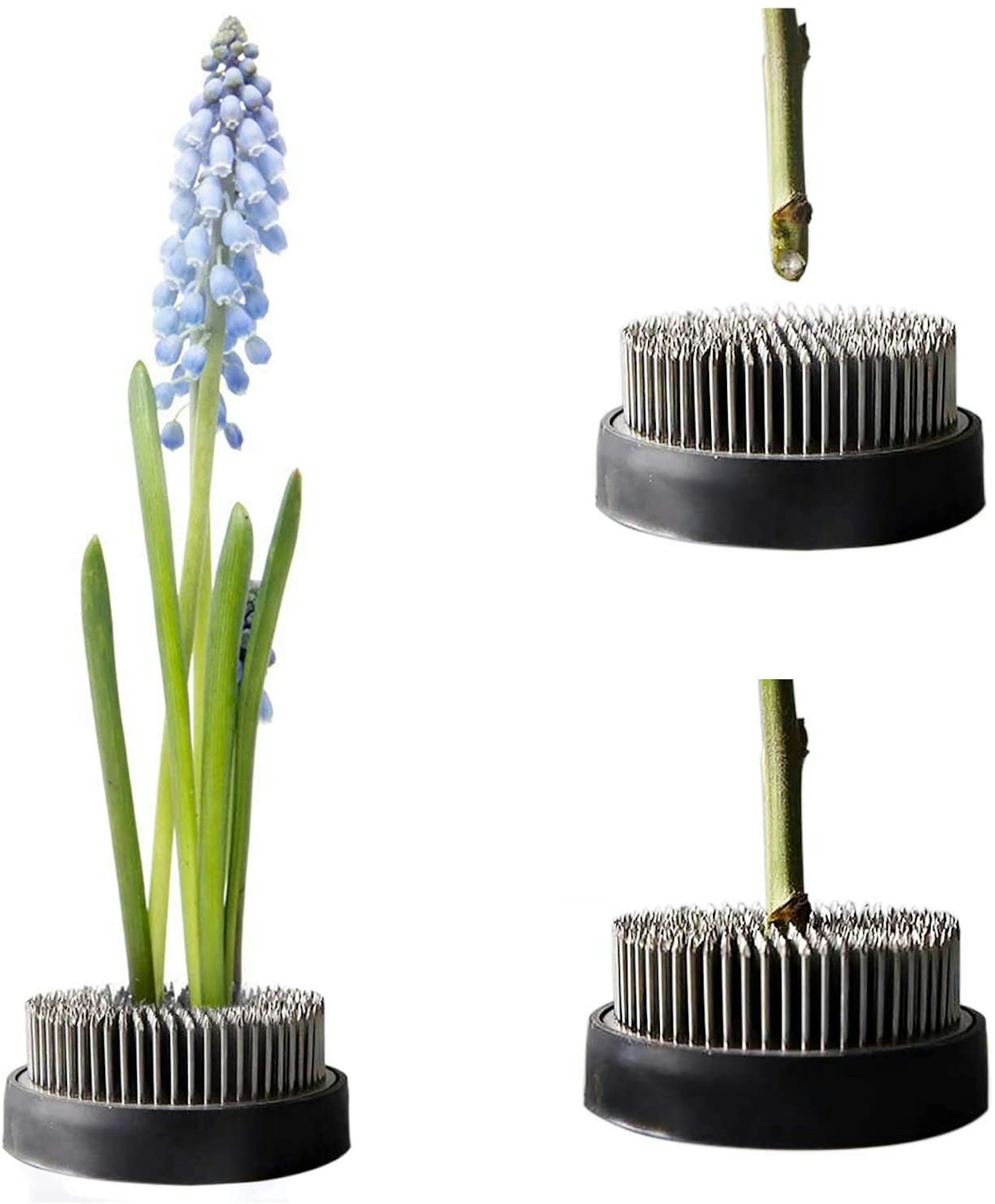
Measuring 50 x 50 x 13 millimetres, this is great for using in shallow dishes or vases.
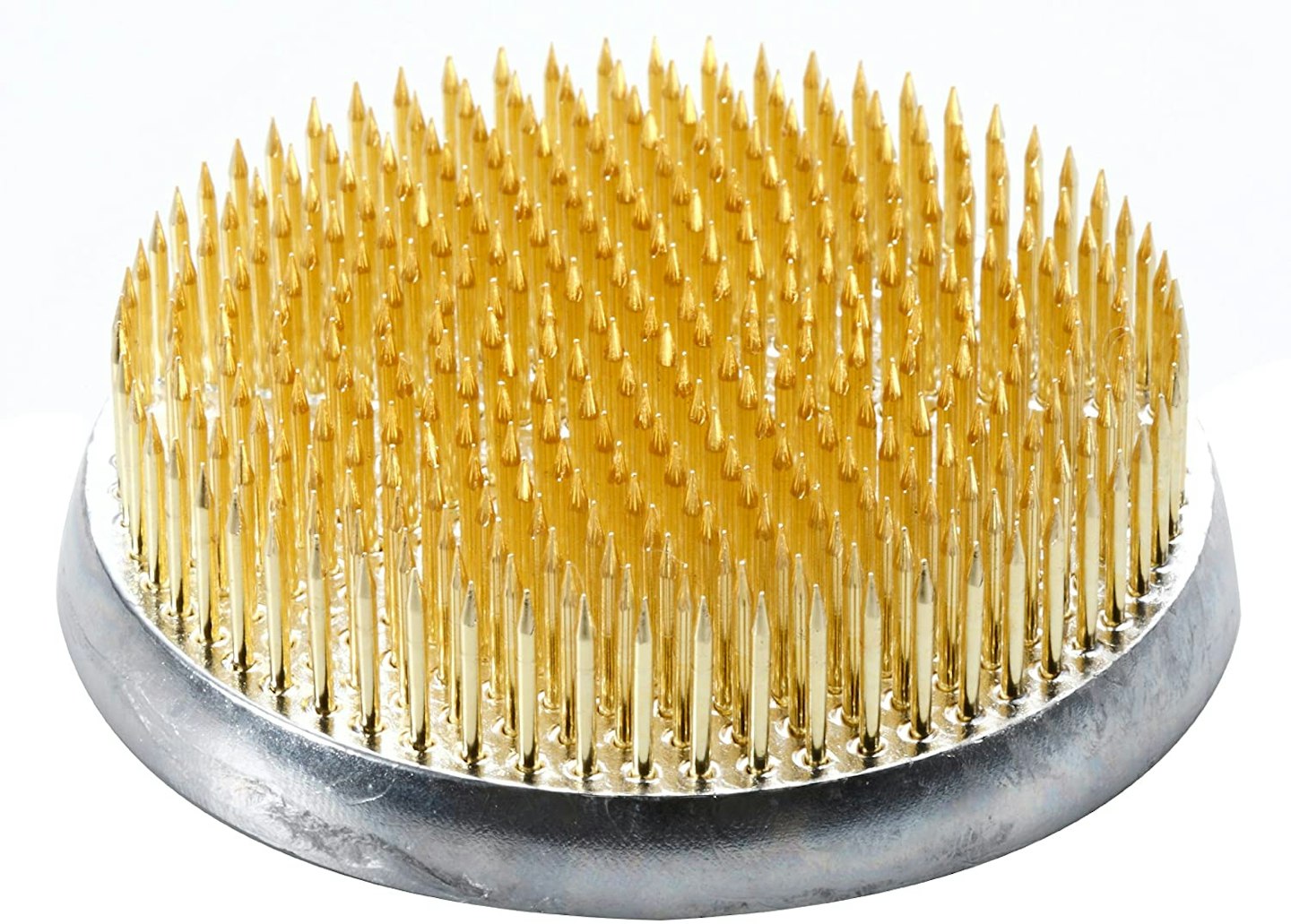
This is a heavier option so ideal if you're using larger stems that might need more support to stay upright.
If you want your Kenzan to look discreet in the vase, this clear option is ideal.
You can use whichever plants and flowers you please, but if you're in need of some inspiration, many traditional Ikebana designs use tree peony, camellia and narcissus alongside leafy plants, stems, bamboo, willow and pine branches to give a nice balance between the vibrancy of the flowers and the calm of the greenery.
Once you’re happy with your arrangement, be sure to pop it in a clear, open space that isn’t too cluttered to highlight its simplicity.
Best books on Japanese flower arranging

This book is ideal for beginners as it strips back the process of Japanese flower arranging to three simple steps.
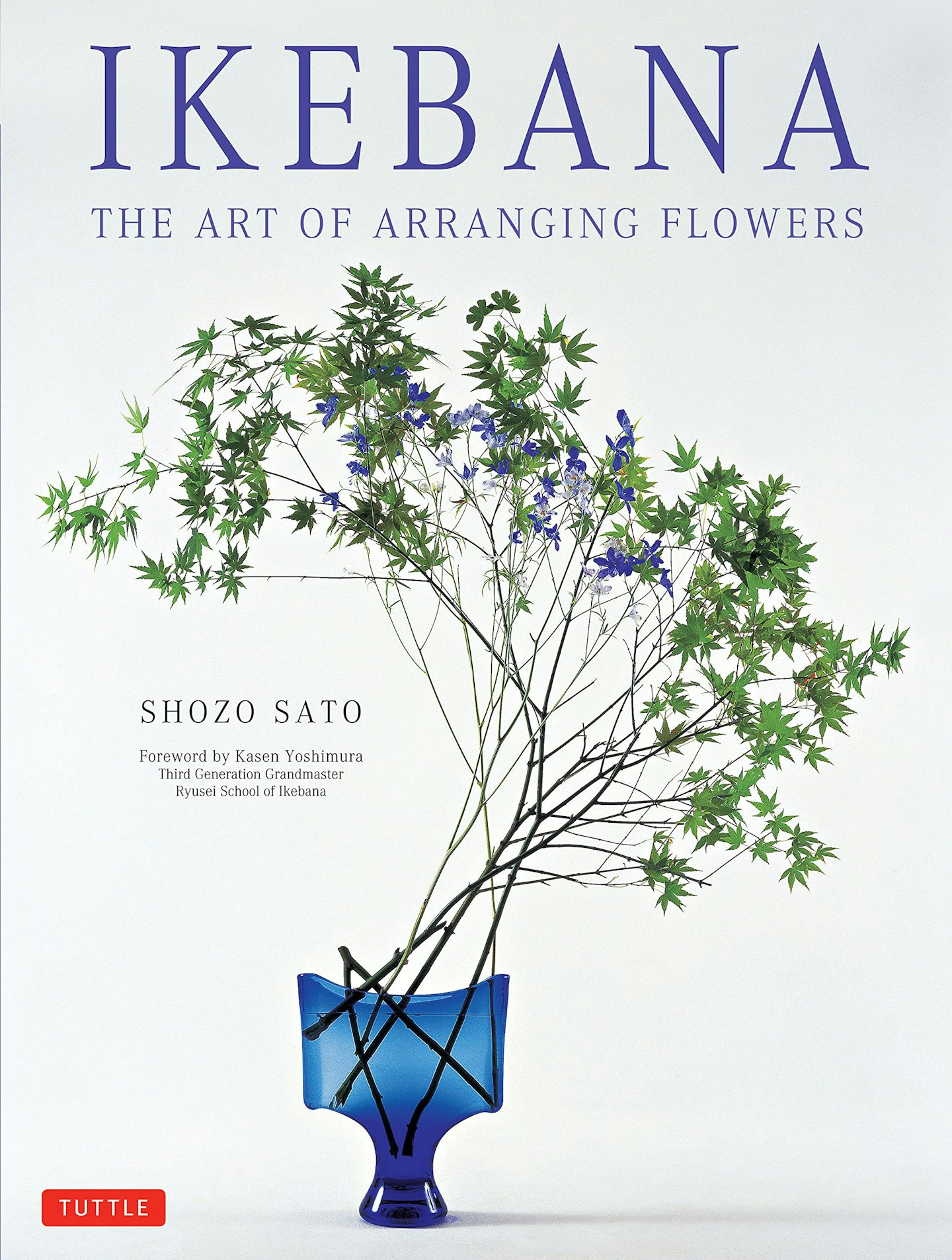
This book delves deeper into the history of Ikebana and how it's developed into modern day through its many different styles.
Find out more about the different modern techniques in this book including the manipulation and shaping of branches.
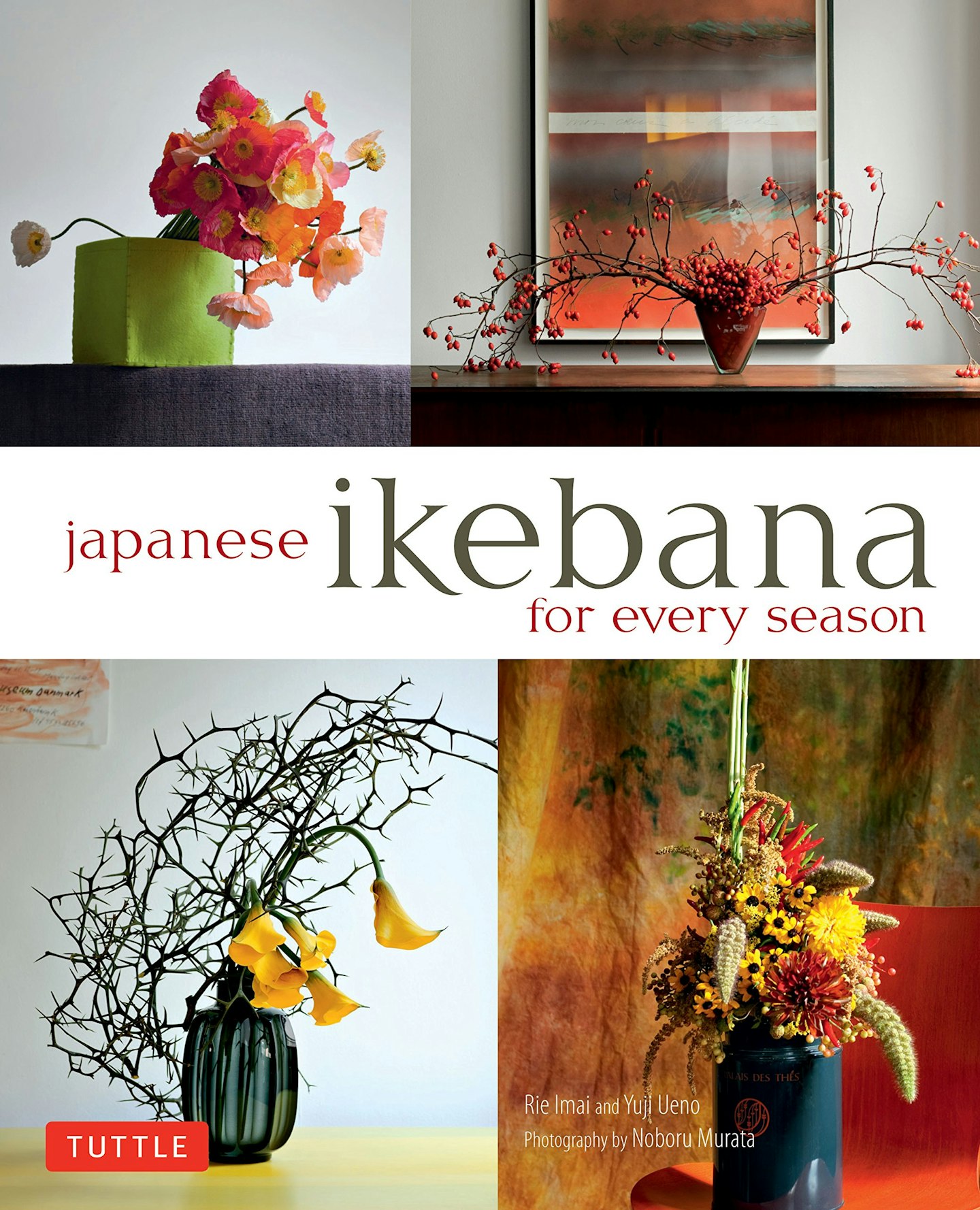
If you'd like to change up your arrangements depending on the season, this book is ideal, with new ideas and inspiration to suit the seasons.
Popular reads
The best craft books to get you started with a new hobby at home
